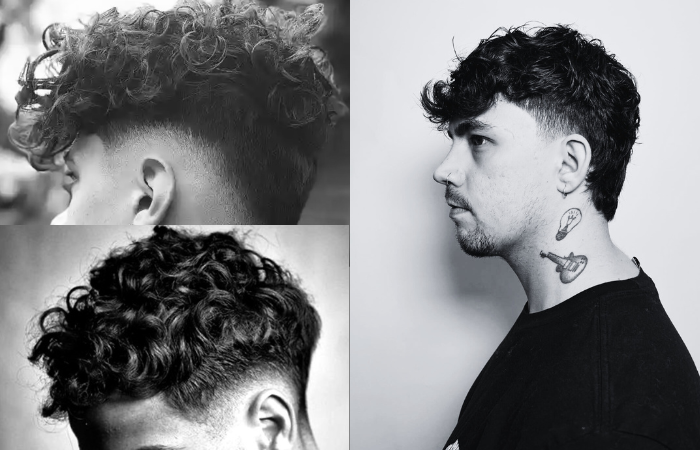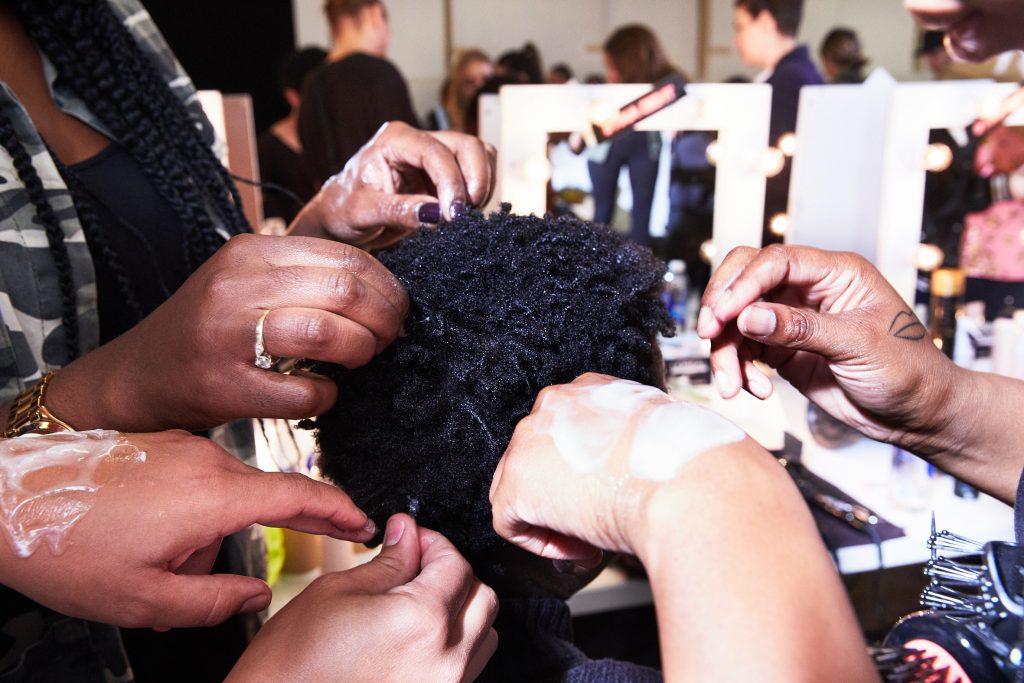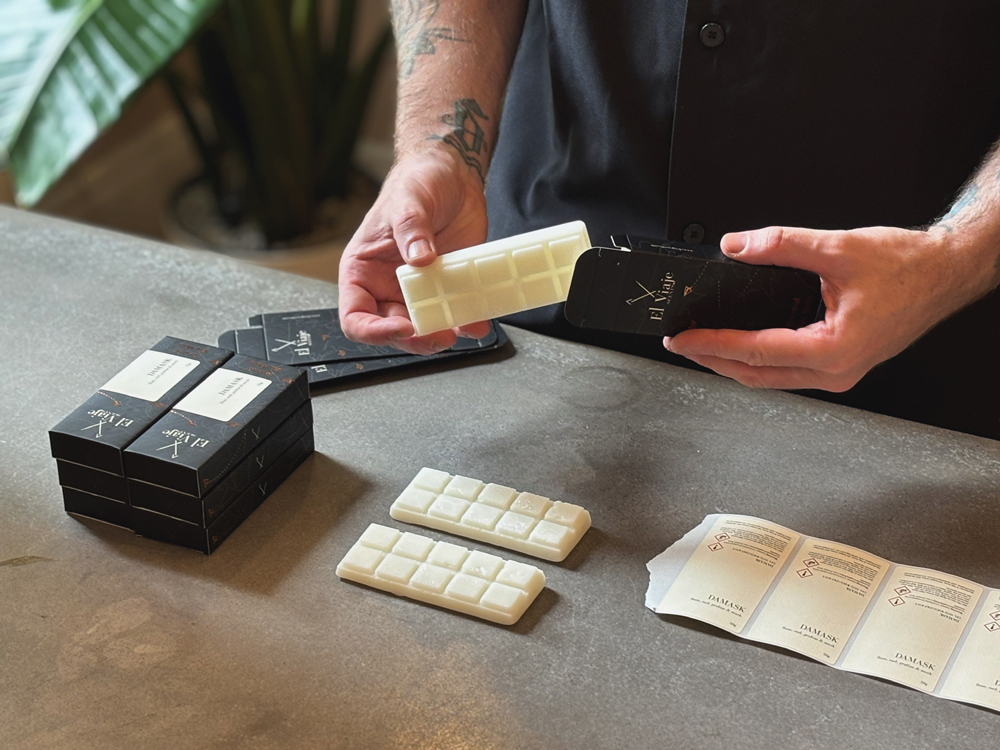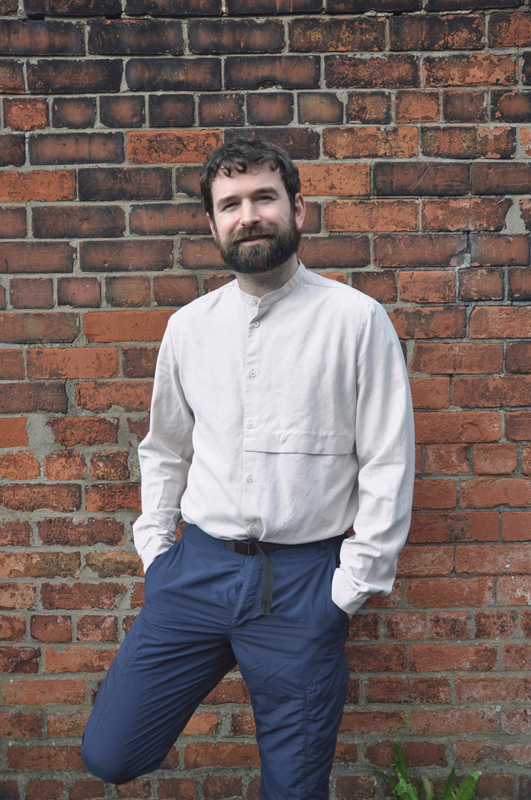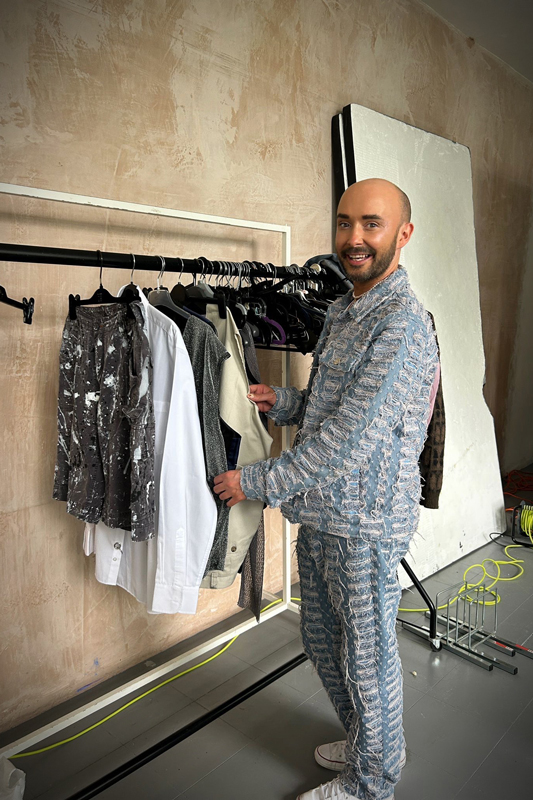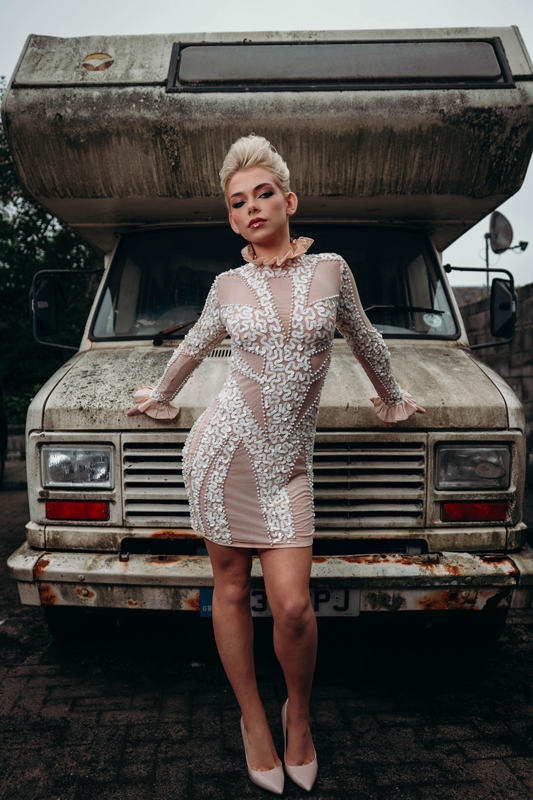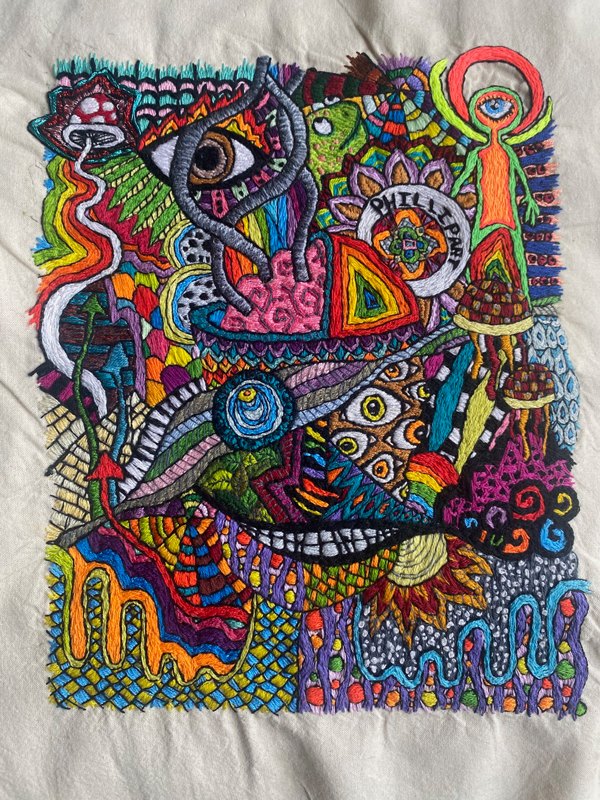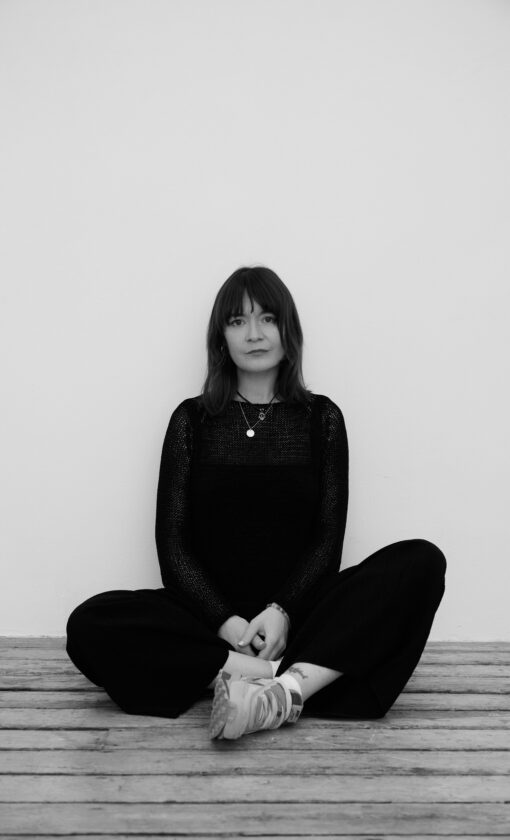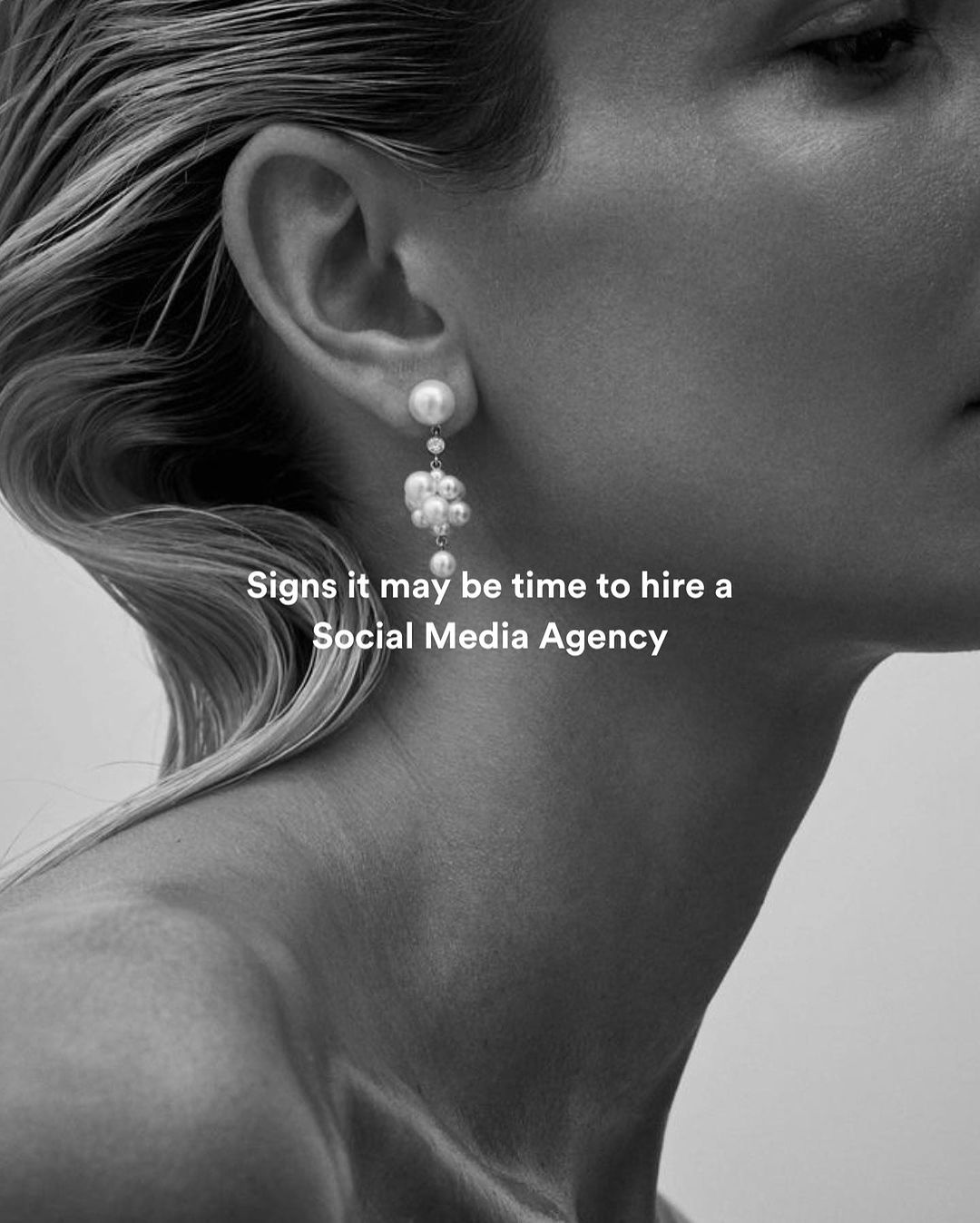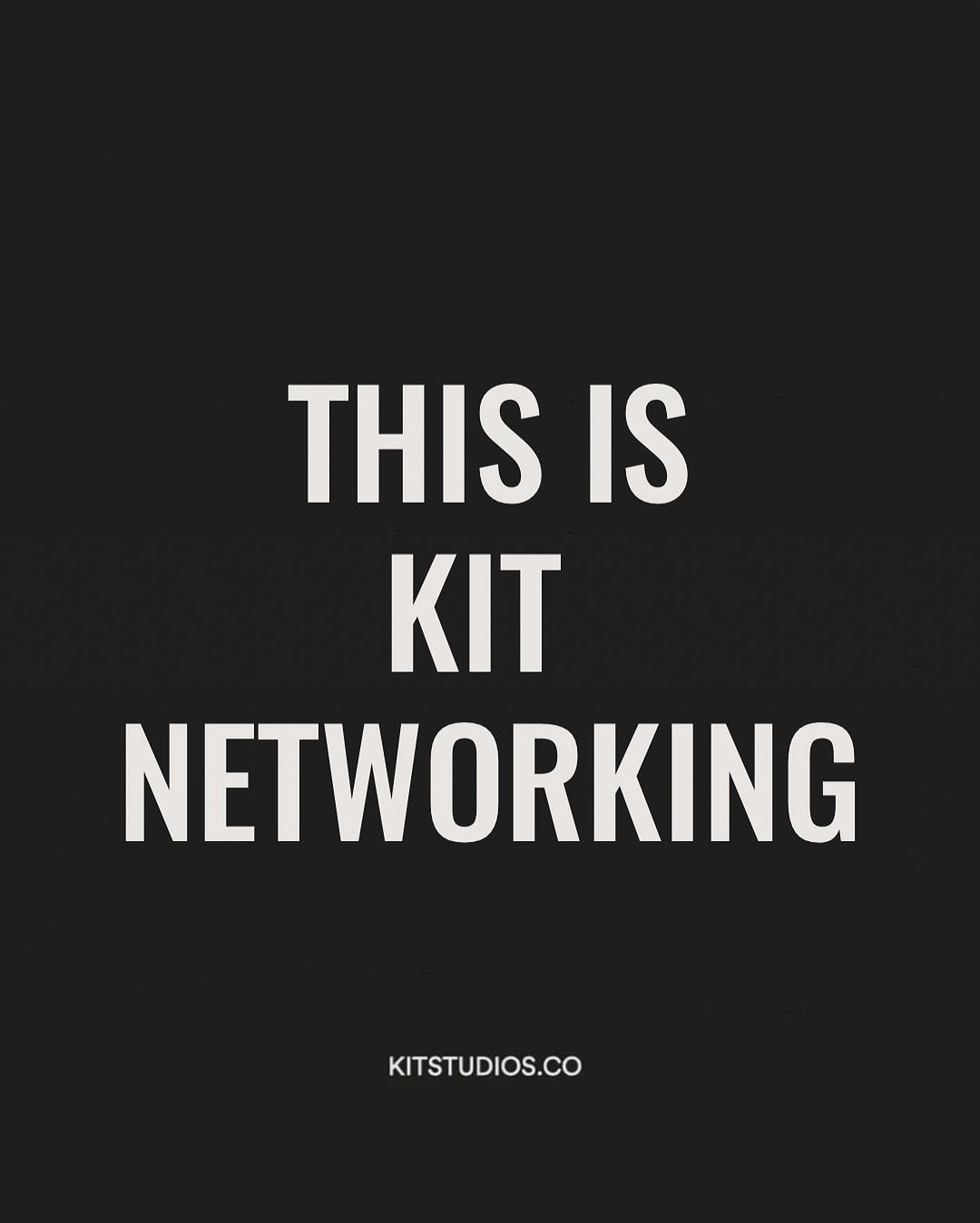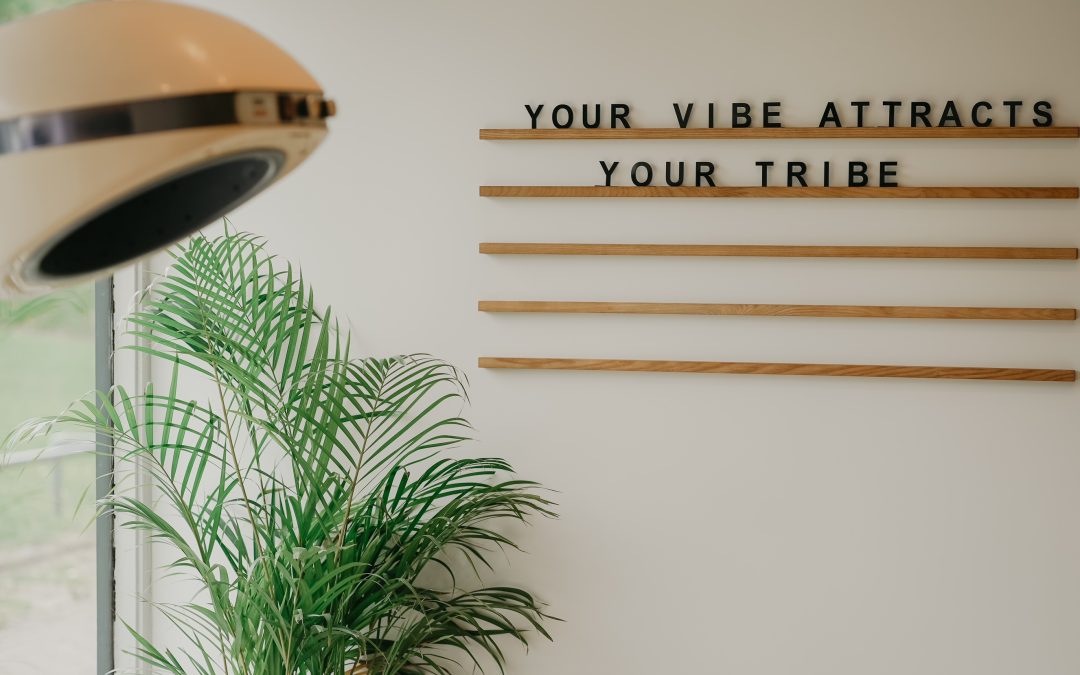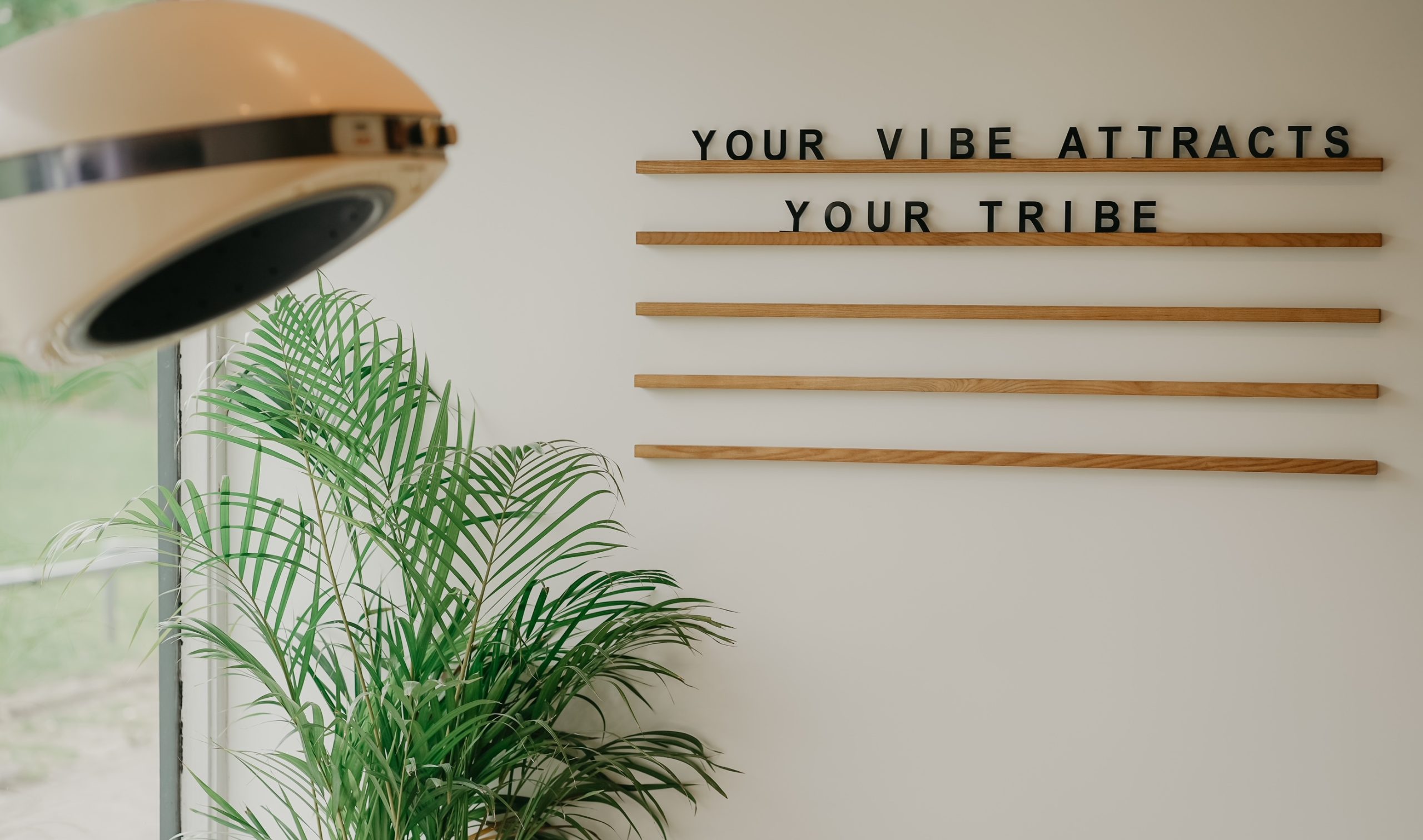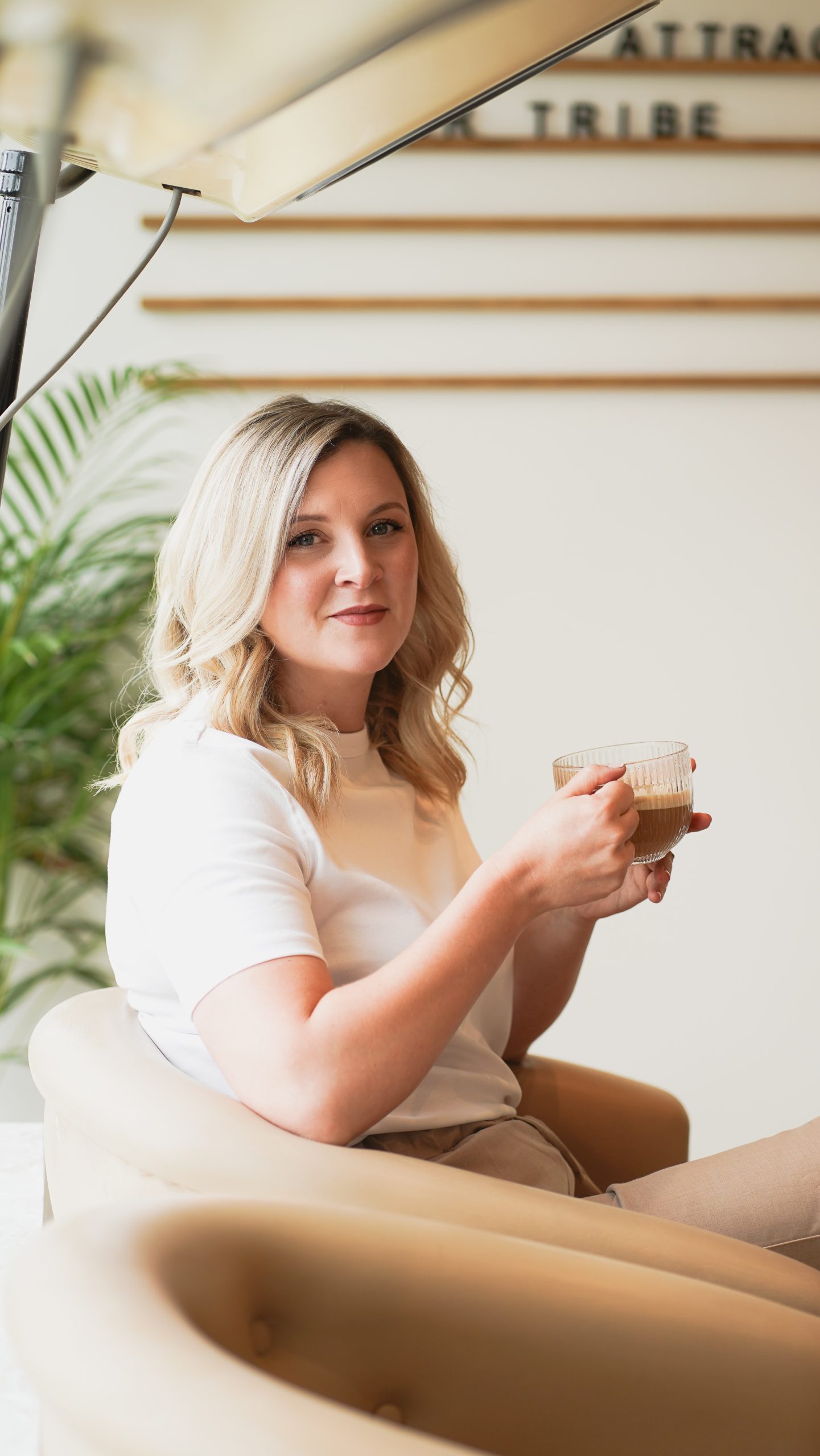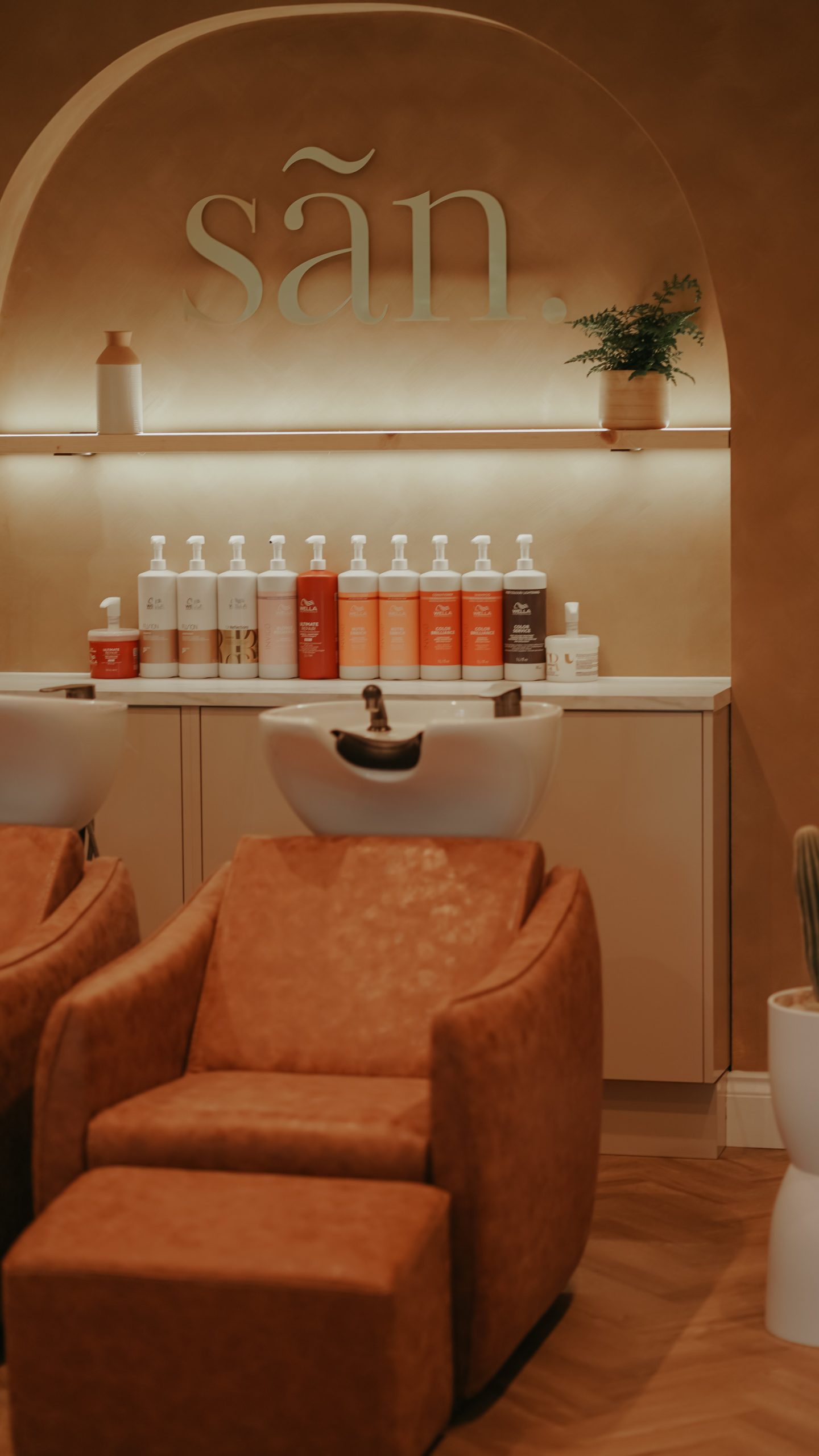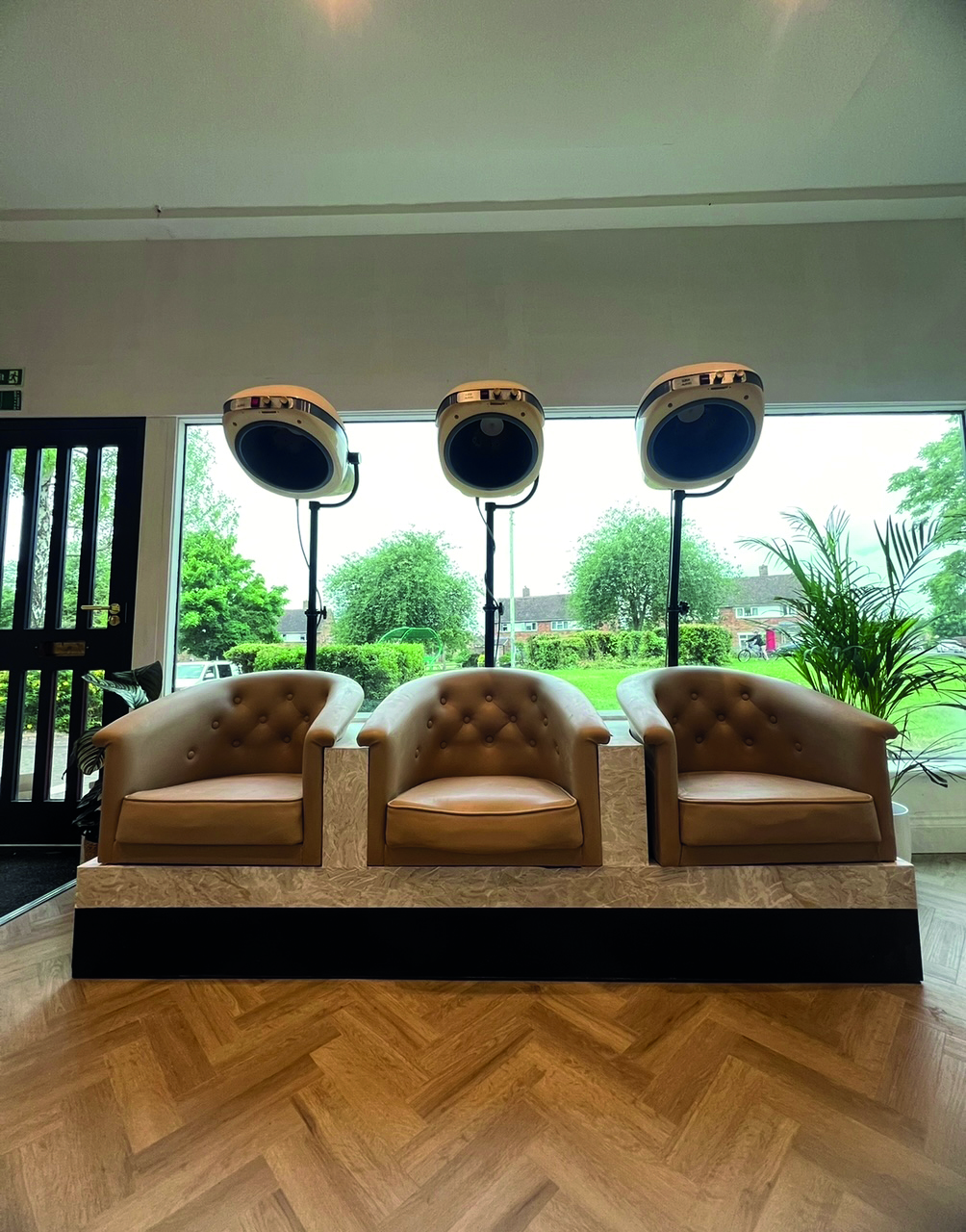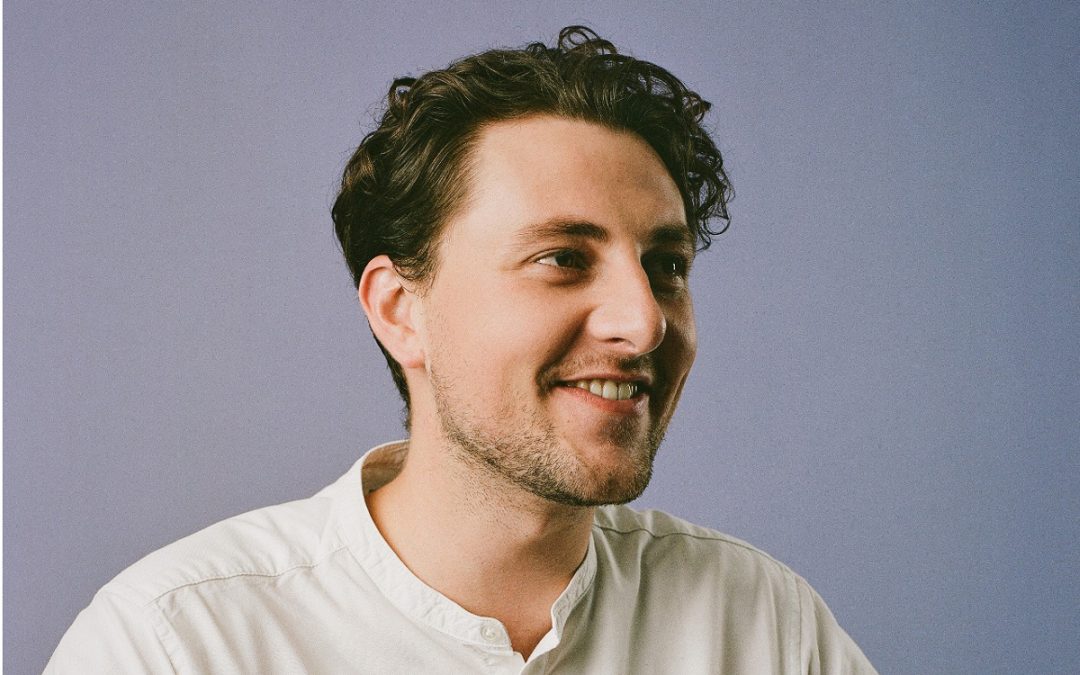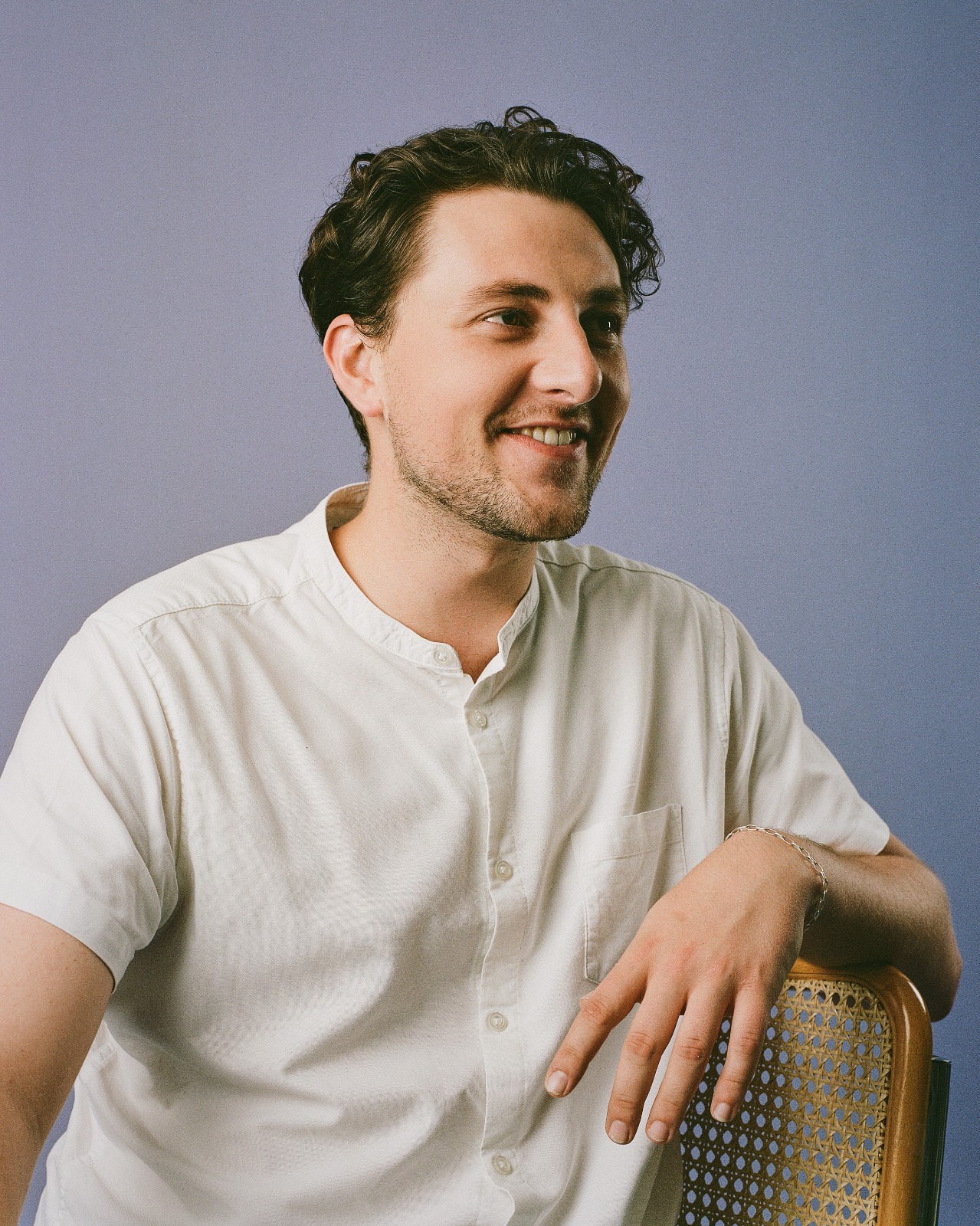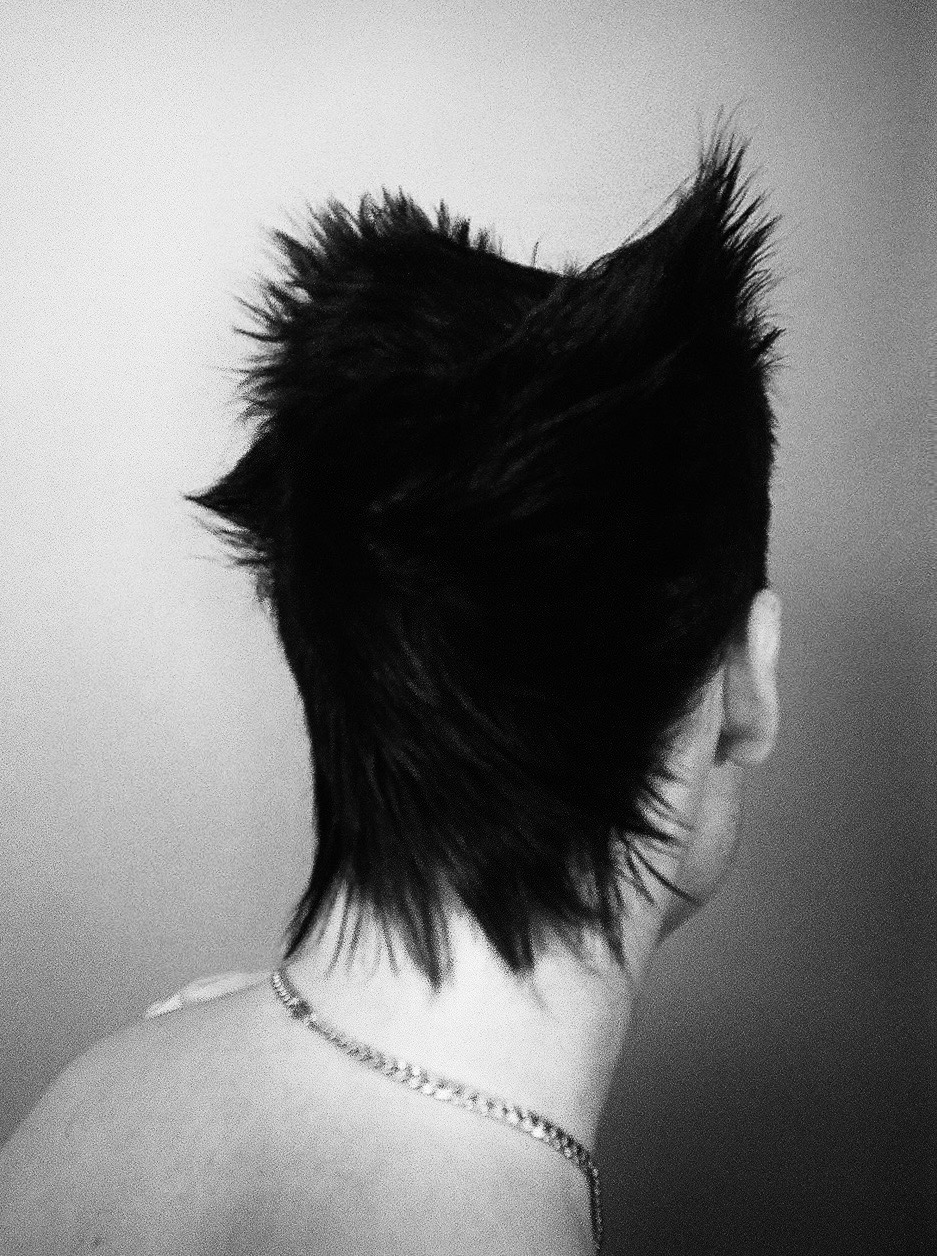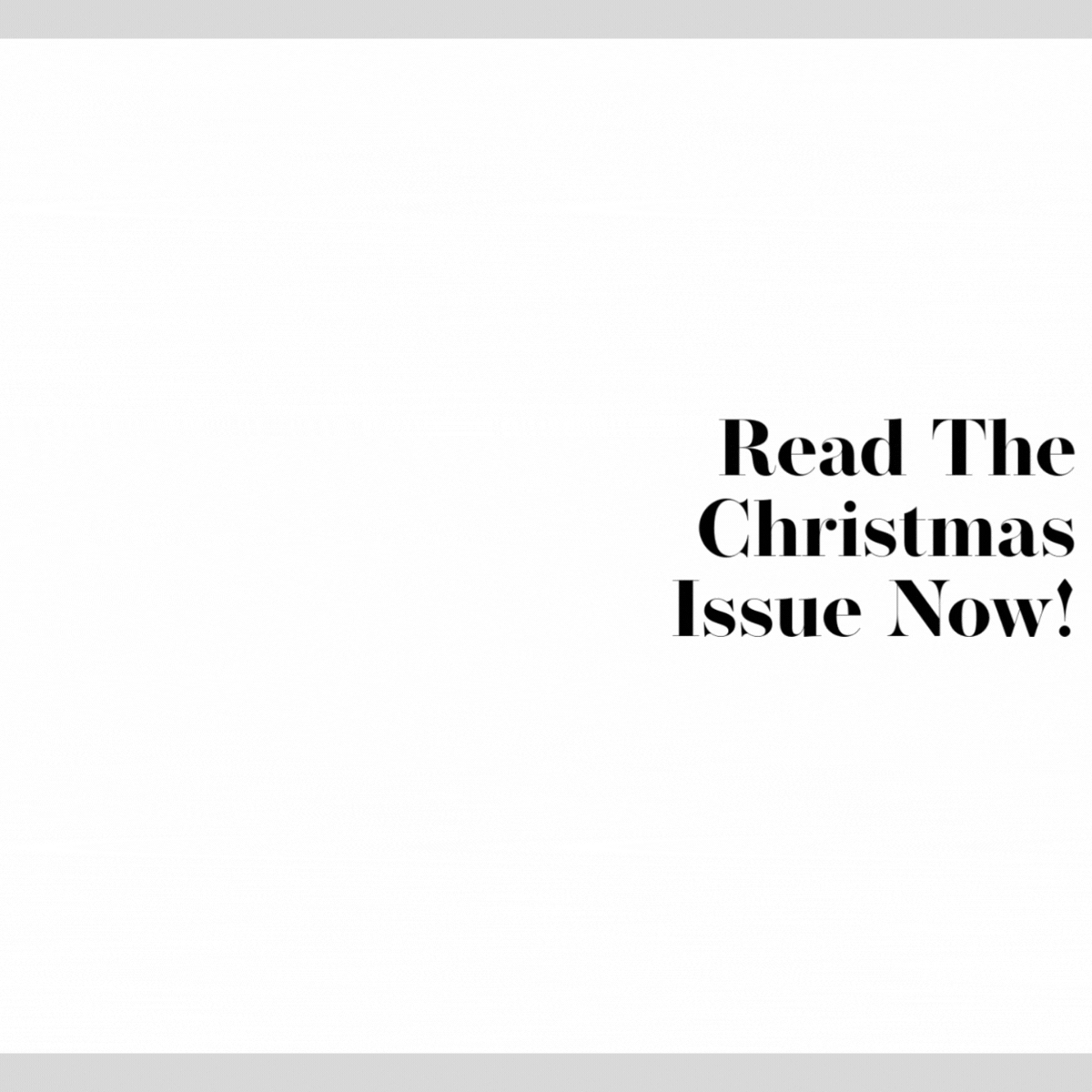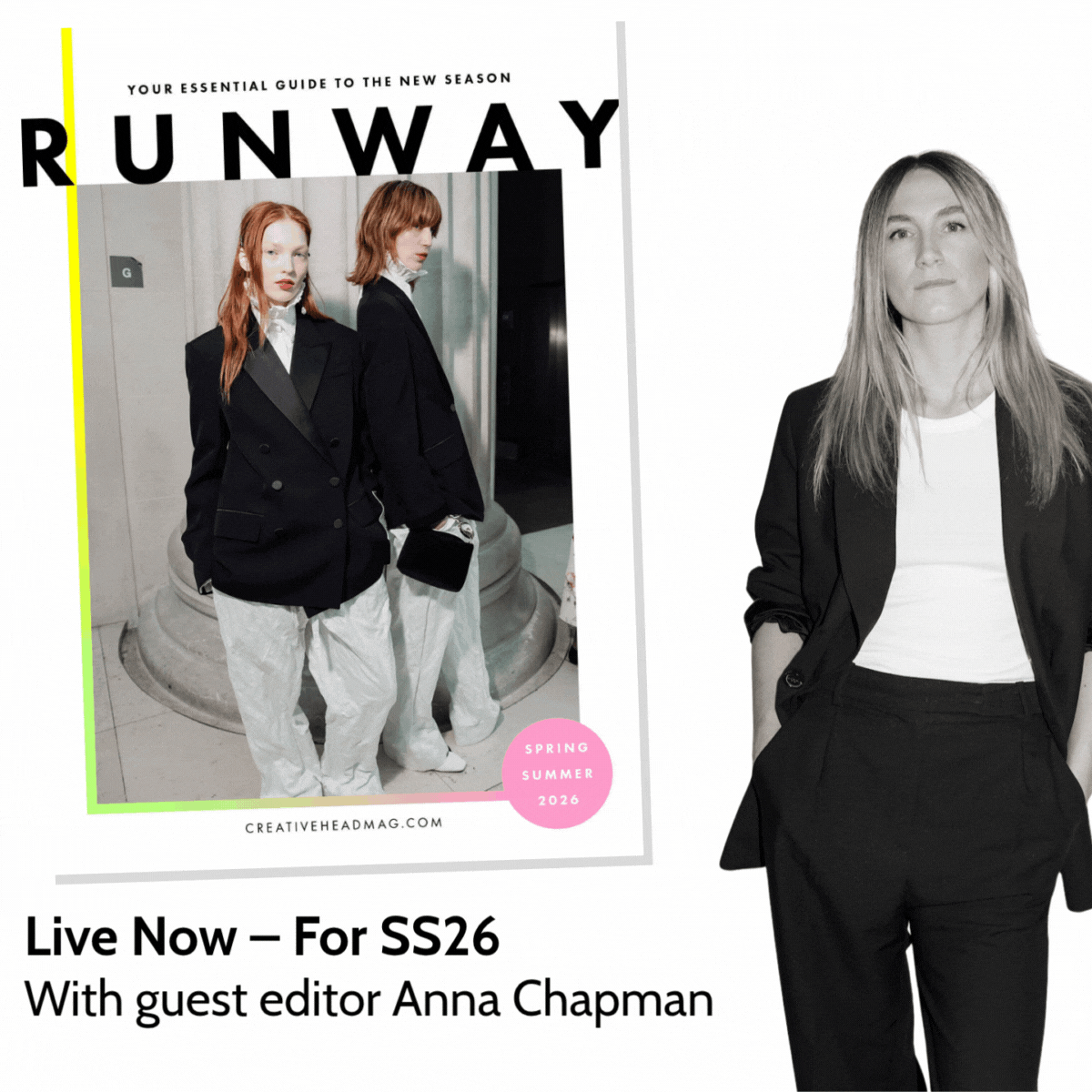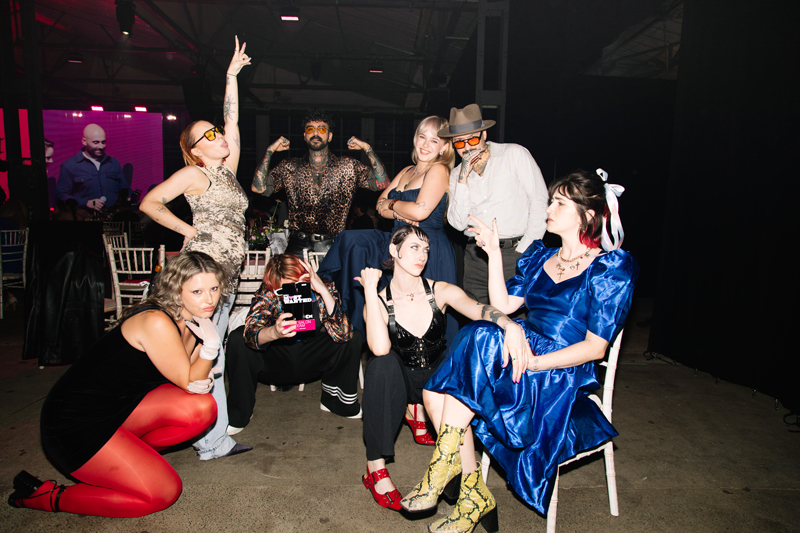
“The Important Thing Is Giving People The Freedom To Express Themselves”
“The Important Thing Is Giving People The Freedom To Express Themselves”
Pont Smith and Chloe Herve’s ethics-first business ethos has taken their bebop salon brand from tiny start-up to an award-winning mega-space that’s on the radar of major fashion brands.
by C | DOCUMENTS
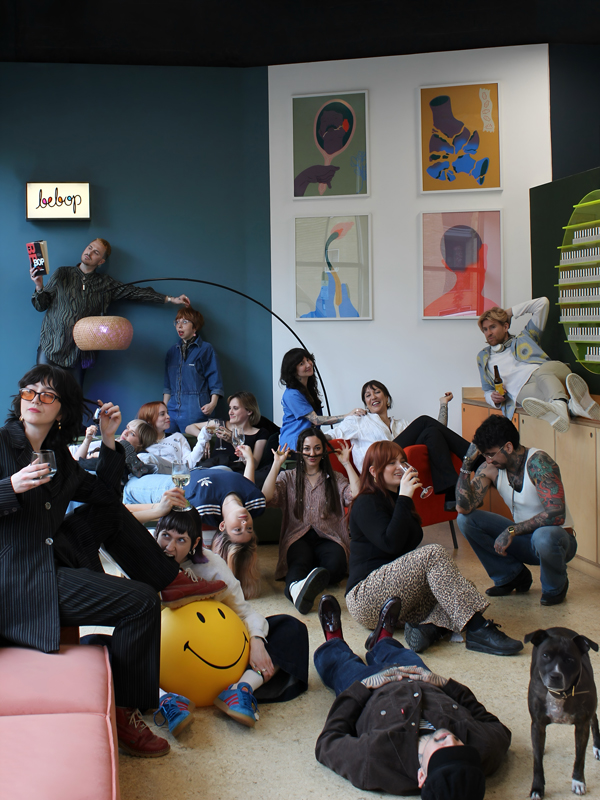
The bebop team set the mood – and the clients love it
Launched by Pont Smith and Chloe Herve in 2017, bebop is an industry success story – a bright, airy salon in London’s Holloway with a brilliant vibe, great music and a team of big, colourful personalities, who, alongside hair and nail services, do a roaring trade in tooth gems. People love the quirkiness. Two-and-a-half years ago, bebop had to expand into sizeable new premises to cope with surging client demand. In the last 12 months it’s made the Best London Hair Salon list in TimeOut magazine and won Best Salon Team at Creative HEAD’s Most Wanted awards.
We’re not surprised. Because if you ever needed an example of a modern, forward-thinking hairdressing business with a completely fresh approach to creativity, teamwork and clients, bebop is it. Chloe and Pont have built their brand carefully and ethically from day one, pioneering gender-neutral pricing and eco-conscious practices long before they were trendy and priding themselves on providing inclusive, super-friendly service and a buzzing atmosphere in the salon. Their overriding ethos? “Treat other people the way you would want to be treated yourself.”
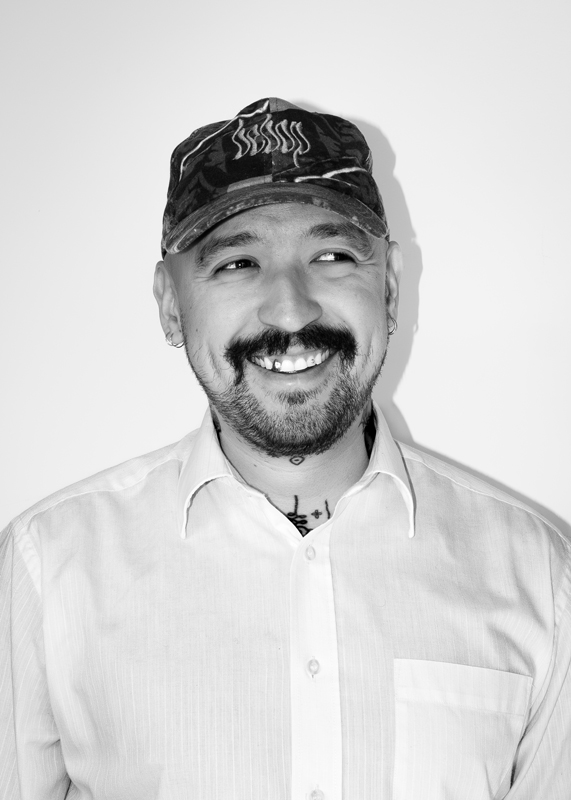
Pont Smith
“When Chloe and I went into business there was a lot of stuff that we’d always moaned about in our own careers, so we made a pact that we would never do that to anyone else,” says Pont. “Listening and communication are such a big thing with us and expressing thanks as well. We know we are lucky we’ve got such good stylists with us, and we couldn’t be where we are without them, so gratitude’s a big one and just trusting them as well.”
The bebop team is undoubtedly a big part of the brand’s success – a bunch of 22 charismatic extroverts that clients love to be around. But with the vast majority declaring some form of neuro-divergency, Pont and Chloe have had to figure out a different way of working to create the perfect environment for them to feel comfortable.
“Our business model has always been quite open – everyone’s individual and that’s how I try to run the business. So, if someone wants to do four days, they work four days. If someone wants to be employed, they can be. It’s kind of down to them. With mental health being such a big issue, I think you need a bit more freedom nowadays, you can’t put everyone in the same box. And while it can be a bit chaotic at times, the team genuinely care about what they do, they’re completely invested in it and they work really hard at it, too.”
“Our business model has always been quite open – everyone’s individual and I want us to reflect that”
While Chloe takes care of the numbers in the business, Pont, whose background is in education, takes care of the people – but with such big characters to deal with, he admits he’s got his work cut out. “Team meetings can be quite taxing!” he smiles. “But the important thing is giving people the freedom to express themselves. Creating the right atmosphere is key when you’re dealing with neuro-divergency and that trickles down from the top. I spend time making sure I’m mentally fit and kind on myself because that works down to the guys on the floor. And our atmosphere is what the clients really enjoy and comment on.”

bebop strike a pose at the 2024 Most Wanted Grand Final
When Chloe and Pont launched their business, they talked about flipping the hair industry on its head. “We wanted to do everything differently,” says Pont. “We wanted to think the opposite of what the industry was thinking – it’s the only way to make the industry grow.” When, after two-and-a-half years, bebop moved into its current, much bigger premises, a key part of the vision was to use the space for events and to create a sense of community among London salons that they felt was lacking back then. The salon’s pub quizzes, led by the team, are legendary (a recent St Patrick’s Day edition saw clients buying tables and staff pulling pints of Guinness), and the bebop Hair Jam, where the team invites 12 hairstylists from all over the UK and Europe to showcase their work (“There’s no judgment, no competition, we’re all just there having a good time looking at good work and sharing ideas and networking”), is fast becoming a recognised annual industry event.
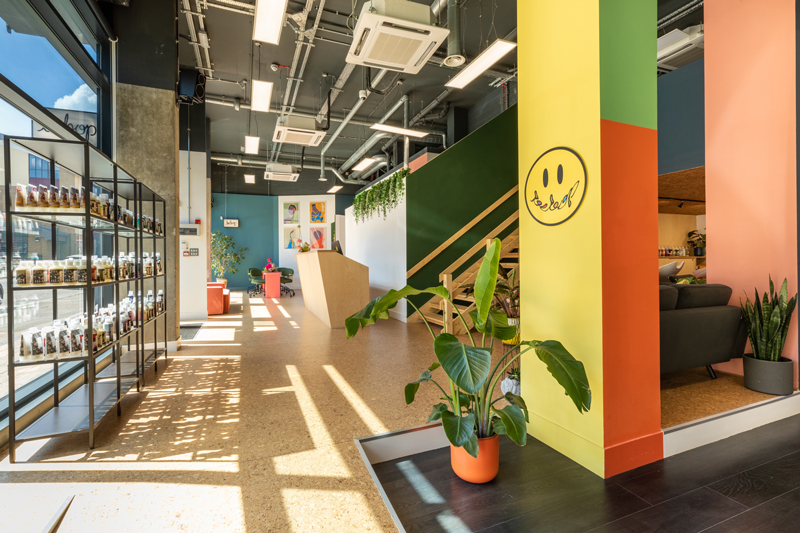
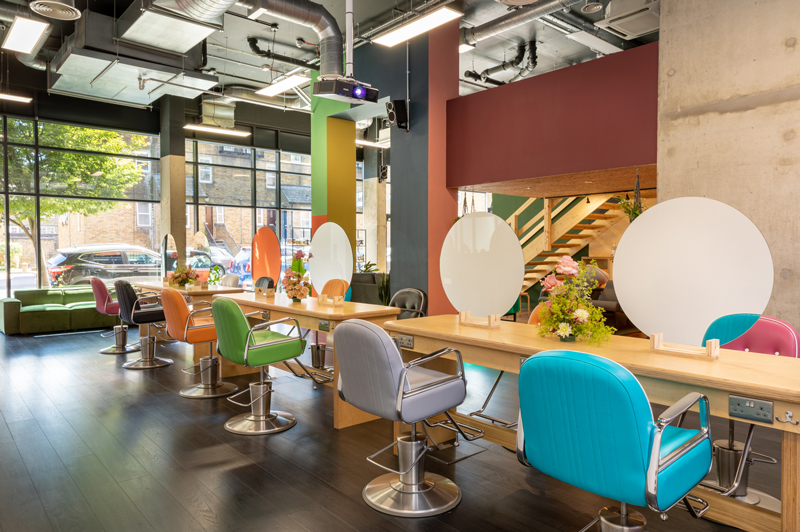
bebop’s salon doubles up as an event space
Collaborations are another line of interest. In May 2023 bebop were approached by SSHH Ltd, the creative agency for the Kickers shoe brand, who were gearing up to relaunch the Kade shoe and saw bebop as the ideal venue to captivate the youthful, fashion-forward target market. The salon was transformed into a vibrant showcase for fashion, fun and creativity, with DJs providing the sounds, attendees hitting the dancefloor, and the bebop team providing hairstyling with colourful hair beads, exclusive nail art and tooth gem installations. “I never see hair salons collaborating with big brands like that,” says Pont. “It was a lot of hard work because we’re such a small team to be working out all the logistics and stuff, but it was a cool thing to be part of and our team loved it.” The team is now planning a collaboration with homeless charity Crisis, as well as exploring opportunities with other clothing brands. “We’re just figuring things out with them, seeing whether there’s a good fit,” says Pont.
“I spend time making sure I’m mentally fit and kind on myself because that works down to the guys on the floor”
Looking to the future, bebop is all about pushing the boundaries of what a salon can be. The business has set up an online shop selling a range of bebop merchandise, including neon mugs, logo T-shirts and a bebop camo cap that sold out within days (such are the benefits of having a clientele that can’t get enough of you!). “We’re even considering creating our own product line,” says Pont. “Our dream is to see bebop’s concept take off in different parts of the world.”

